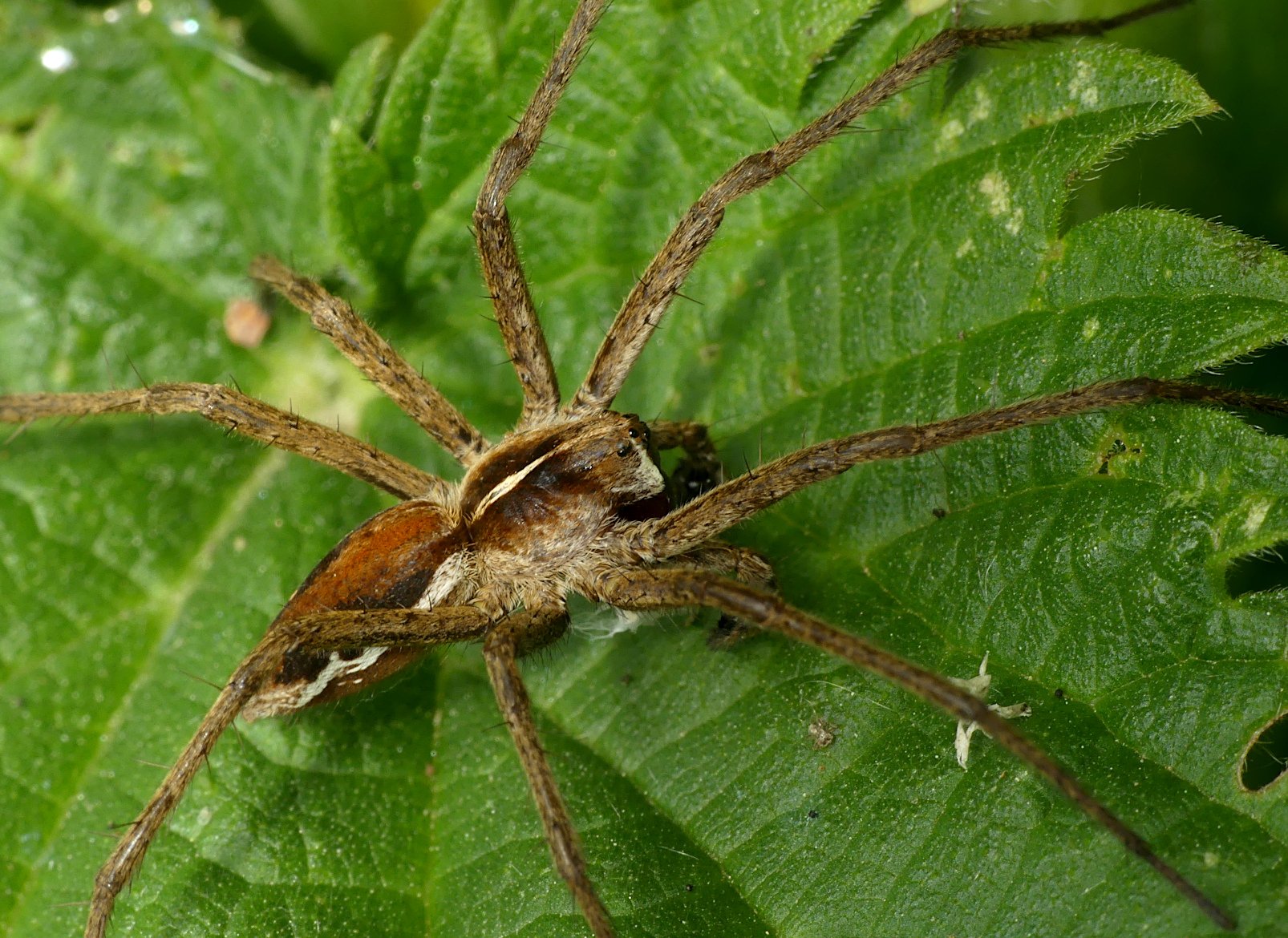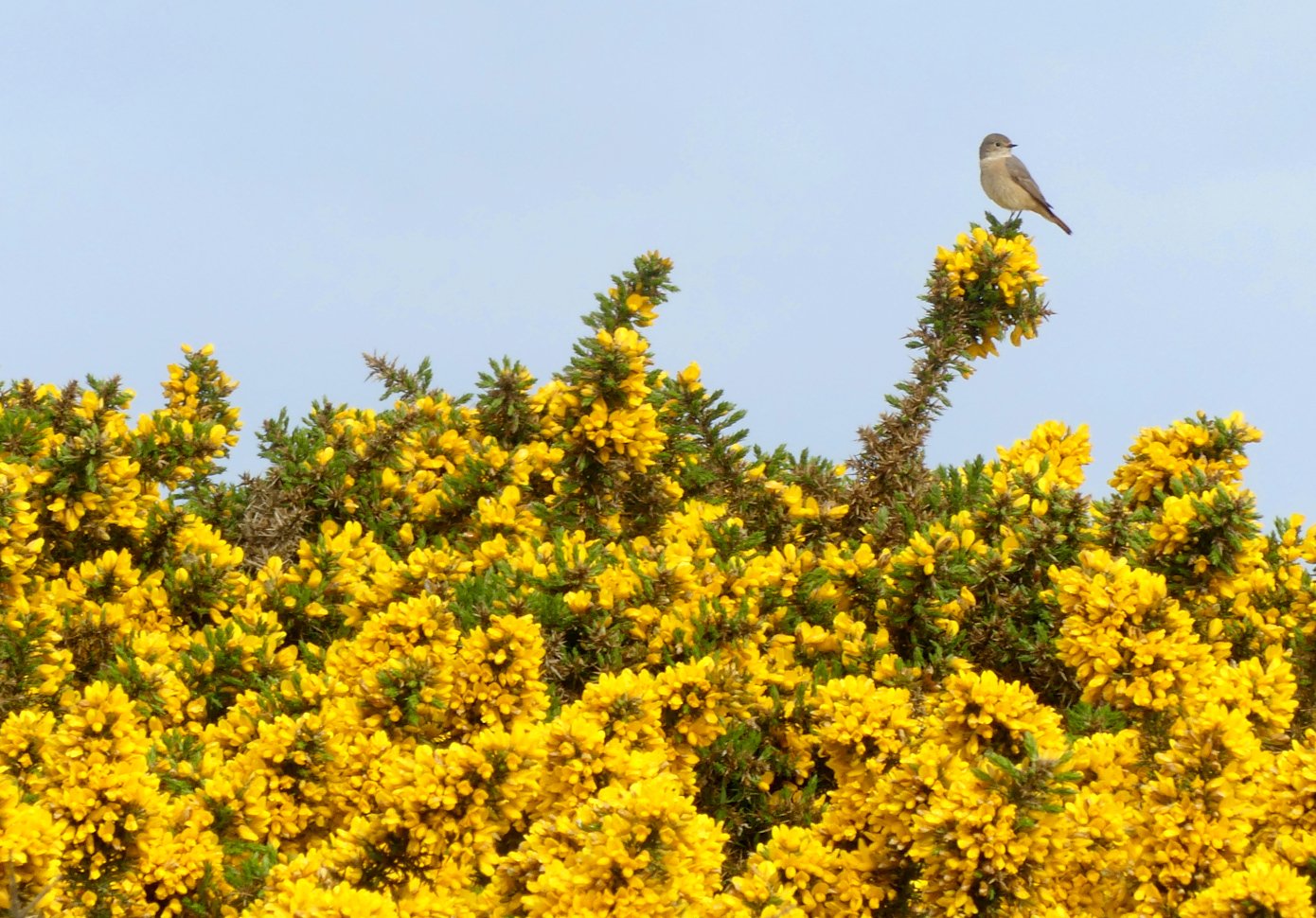May 2025 part i
/First day of the month, I called in at Fort Hommet before work and was greeted by a trio of flycatchers in the pines - 2 Spotted and a Pied. These few trees are definitely the best place to see flycatchers in Guernsey. There were also two Common Sandpipers on the beach. It was one of those days when you wish you could just drive on past school and carry on birding.
Pied Flycatcher - Ft Hommet, 1 May 25
Spotted Flycatcher - Ft Hommet, 1 May 25
On 2nd May there was a notable influx of Painted Ladies and I counted 12 along a short stretch of Thrift along Pulias headland after work, and a few more by Rousse car park. The winds on the day were not particularly southerly but I think the butterflies must have been pushed up the previous day by the warm breeze from the south.
Painted Lady - Pulias, 2 May 25
After work on 6th May I went down to Rue des Bergers/Grand Mare to specifically look for a Red-footed Falcon as there had been a big UK influx. The boldest gamble but you’ve got to aim high. There were quite a few hirundines and raptors in the air and I gasped slightly when a falcon swooped in to view. However, in the bins it was a Hobby - not quite as hoped but never to be sniffed at, it was a cracking bird.
Feeling liberated on 9th May, I heard of a White Stork on the grapevine flying about not too far away, no doubt the Knepp-ringed bird that had been seen the previous day. So I took my bins into the back garden and, surprisingly, it very soon came in from the south and flew past the house. We seem to be getting Knepp birds regularly at the moment and I don’t feel ready to tick them yet, not even for my garden list. I saw the bird a second time, flying over the car at Saltpans on our return from the supermarket, and then a third time late afternoon flying to the north of the house towards Oatlands. Quite an exciting bird to see despite its jewellery.
White Stork - over the garden, 9 May 25
The following weekend was pretty wet, but I tried Pleinmont anyway with little success, mainly dodging the heavy showers. A summer-plumaged Bar-tailed Godwit on the beach at L’Eree at first light was the pick of the birds seen. Migration had pretty much stopped for the spring, but Fort Hommet had another Spotted Flycatcher, a Grey Plover and a Reed Warbler over the next few days.
Bar-tailed Godwit - L’Eree, 11 May 25
Grey Plover - Vazon, 12 May 25
With the temperatures warmer, the invertebrates started to appear in numbers. The conditions were not great for moth trapping but it seems to be a good year for Little Thorn with a couple in the trap and a couple also seen in the field. I had only my second Guernsey Golden-brown Fern Moth (Musotima nitidalis) at the window on 13th May, a species which is no doubt on the cusp of proliferating on the island.
Tropidia scita - Grand Pre, 10 May 25 - a common springtime hoverfly although a new species for me
White-shouldered Shieldbugs - Grand Pre, 10 May 25 - these recent arrivals appear to have spread throughout the island
Nursery-web Spider - Grand Pre, 10 May 25
Blue-tailed Damselfly - Grand Pre, 10 May 25
Woodpigeon - Garden, 9 May 25
ffff























